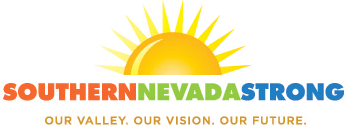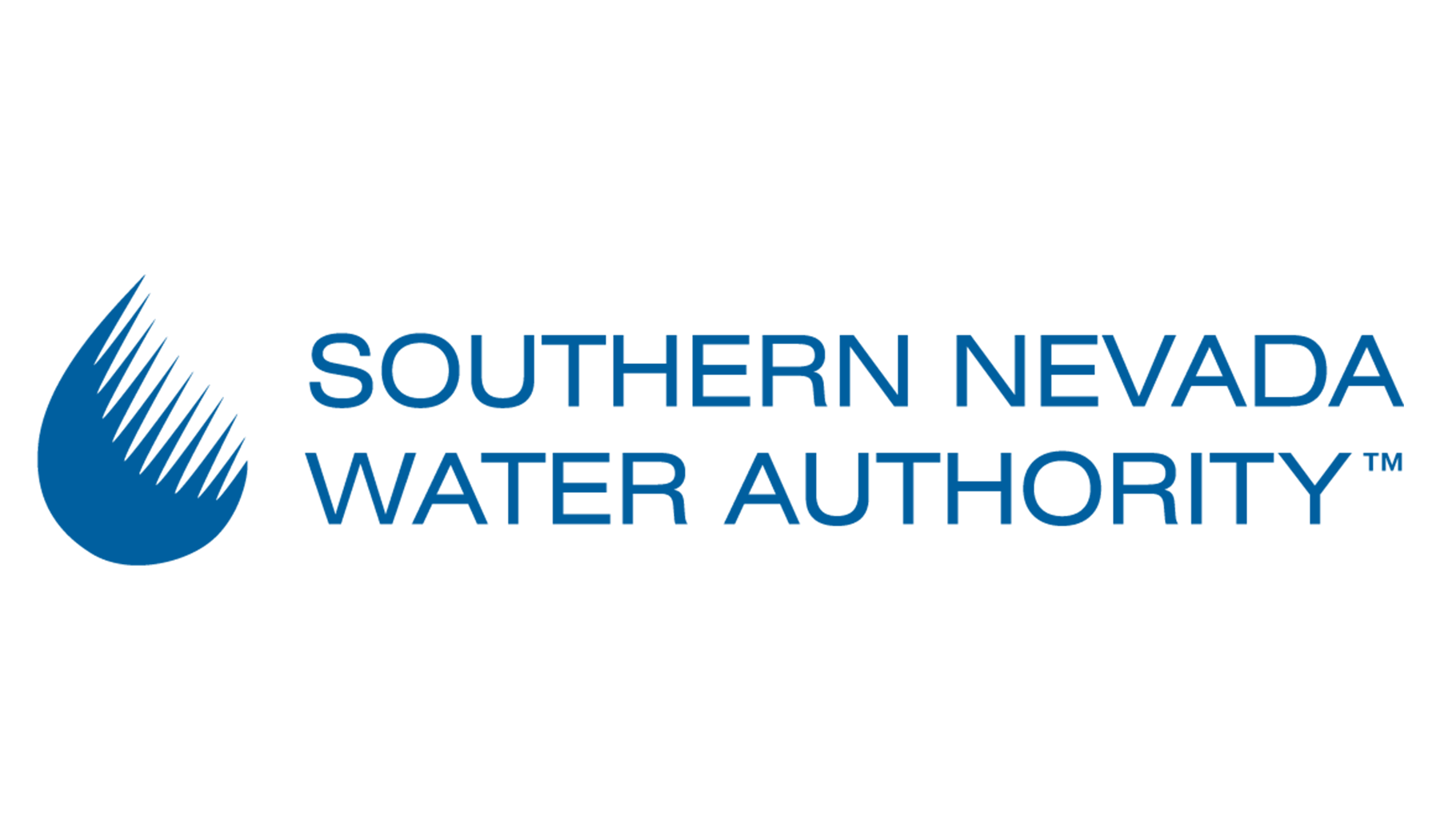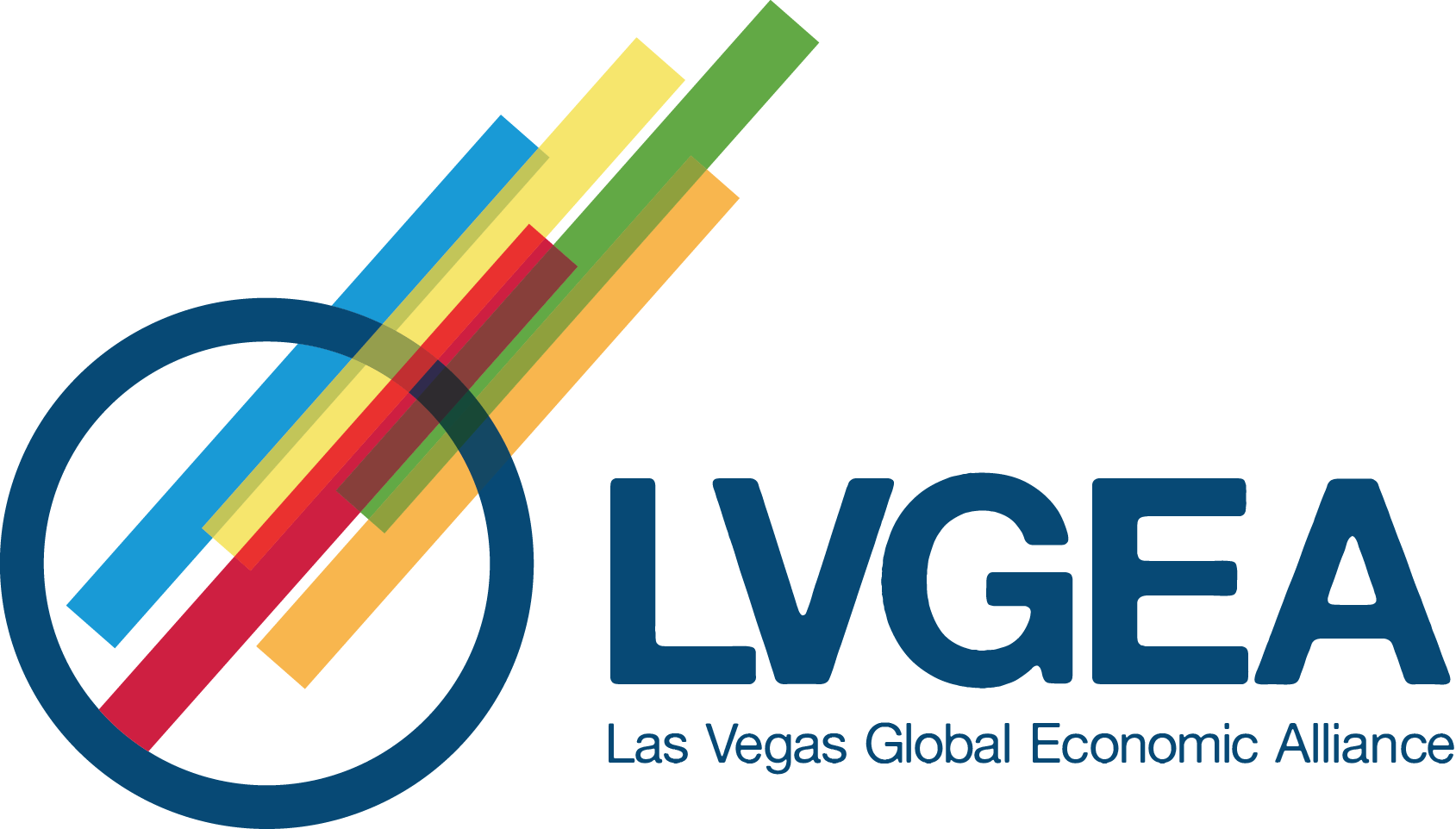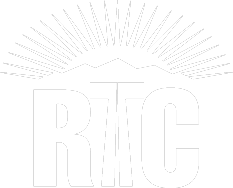The City of Las Vegas selected the Las Vegas Medical District (LVMD) to be a Southern Nevada Strong (SNS) Opportunity Site for its potential to become a thriving live, work, play urban center and to identify opportunities and barriers and suggest projects, policies, and programs which could be implemented to achieve this goal. These findings were initially documented in the SNS Medical District Opportunity Site Investment Strategy (SNS Investment Strategy) (2015), serving as a guide to help the City incorporate and implement SNS’s regional planning and policy goals into their local work.
As a living document, the SNS Investment Strategy report was updated to reflect the changing conditions and progress that’s been made since its adoption. The Las Vegas Medical District Opportunity Site 5-year Progress Report (LVMD Progress Report) (2022) assesses progress on these implementation strategies as well as provides updated ideas and strategies for continuedd implementation of SNS’s regional planning and policy goals in the LVMD.
About the LVMD Opportunity Site
The vision for the Las Vegas Medical District is to:
“Create a world-class center of excellence, complete with medical, educational, and recreational facilities that support an urban live, work, play environment.”
Strategic planning and revitalization in the LVMD is a collaborative effort between the City of Las Vegas and the downtown Las Vegas medical, healthcare, and higher education community. Currently, the LVMD is home to variety of medical services, including three anchor institutions: University Medical Center (UMC), Valley Hospital, and the University of Las Vegas’ (UNLV’s) Shadow Lane campus, which houses the university’s School of Medicine and Dental School. The area is surrounded by older, well-established single-family neighborhoods and is characterized by small lots, many of which were zoned originally for single-family development, auto-centric strip mall development, and under developed land with large surface parking lots. The district is currently transitioning from being a suburban, bedroom community into an urban center inside of the city’s downtown Las Vegas planning boundary.
Redevelopment efforts have focused on expanding complementary and supportive services to the medical industry, such as secondary medical services, retail, and housing. The city has updated their land use and zoning policies to encourage infill development, and has also invested heavily in infrastructure and utility improvements in the area. Economic incentives for targeted industries are also in place to encourage more complementary businesses move into the district. Several milestone projects are either completed or underway, setting the stage for new development to proliferate in the near future.
The LVMD Progress Report presents six “Big Ideas” to help guide this next phase of planning and redevelopment work in the LVMD.
- Update the Facilities Master Plan (2015) and revisit the formation of formal governance for the LVMD, including advisory subcommittees for the district.
- Support the build out of the UNLV Medical School and facilitate expediting this process where possible.
- Expand the city’s innovation efforts to focus on building an innovation ecosystem and innovation economy.
- Continue improvements to infrastructure, open space, and connectivity (support active, healthy life styles and well-being).
- Develop policies and programs to ensure that diversity and inclusion are intentional outcomes during redevelopment and revitalization of the LVMD and DTLV.
- Dedicate city resources toward facilitating infill and redevelopment in areas that have been rezoned to the FBC, including the LVMD and throughout DTLV.
The LVMD Progress Report provides suggestions and strategies, complete with case studies from other communities, for progressing these “Big Ideas” as well.





















